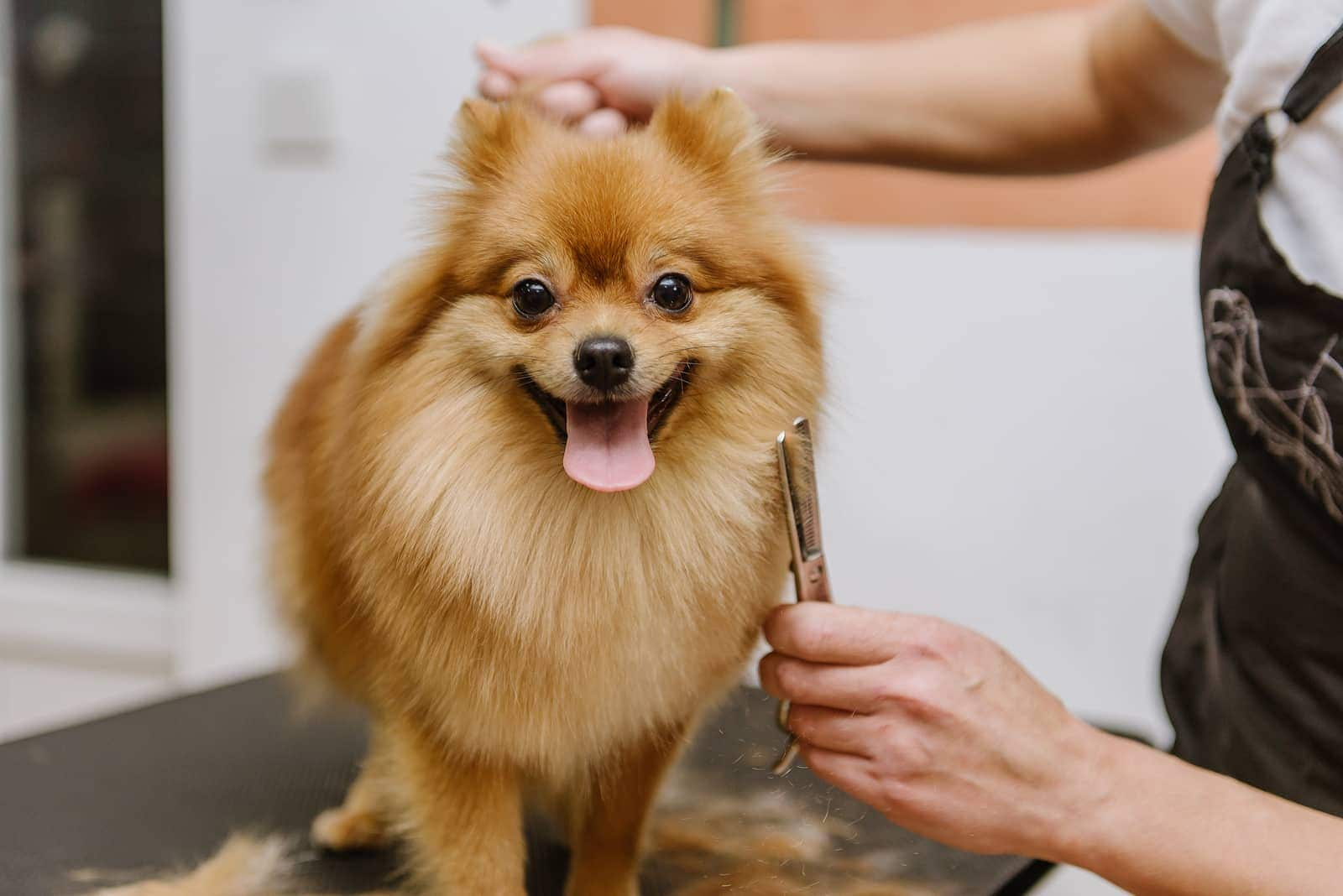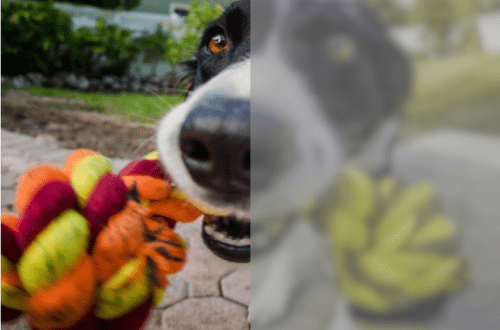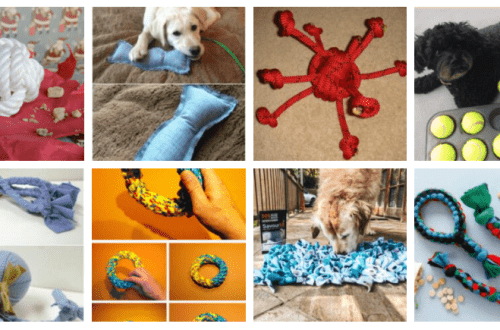
Probleme și boli comune ale raselor de câini de talie mică
When considering adopting a small breed pet, you should not only choose the best toys for small dogs, but also learn about common health problems that are typical for small dogs. A caring owner should be prepared not only for happy and fun times, it is equally important to know what to expect if something goes wrong.
The fact that some health problems are common to small dogs does not mean that they will necessarily develop them. Experts identify five problems that small dogs can face.
Cuprins
1. Colapsul traheal
Diseases of the trachea in dogs of small breeds, as well as breathing problems, are quite common. They are especially common among brachycephals – French bulldogs and pugs with a small flattened muzzle. The American College of Veterinary Surgeons (ACVS) states that “tracheal collapse is a chronic, progressive, irreversible disease of the trachea or windpipe and lower respiratory tract.” It is more common in overweight dogs or puppies who live in a home with smokers.
In most cases, tracheal collapse is diagnosed in middle-aged and elderly dogs, but sometimes breathing difficulties can occur in young dogs.
Symptoms of the disease include wheezing, difficulty breathing, fainting, and severe coughing. Weight loss, medication, and even sedation can help a pet who is having difficulty breathing due to tracheal problems. It is impossible to prevent the development of tracheal collapse in a dog. If a similar problem occurs in a pet once, it is likely that he will need constant monitoring later.
2. Dislocation of the patella
Many small dogs have knee problems. ACVS reports that a luxating or displaced patella is the most common orthopedic problem in small dogs and is diagnosed in 7% of puppies. Miniature poodles, chihuahuas, Boston and Yorkshire terriers and Pomeranians are especially susceptible to this.
The patella may temporarily become slightly displaced or, in more serious situations, dislocate completely. In this state, it is difficult for a pet, and sometimes it is simply impossible to transfer weight to the corresponding paw. Some small dogs have this problem intermittently. Treatment may require a visit to a veterinarian and prescription drugs to relieve discomfort until the kneecap is in place. In severe cases, the only way to relieve the pain associated with a dislocation is surgery.
It is necessary to observe the manifestation of the following signs: if the dog walks on three legs or does not bend one of the legs when walking. Dislocation problems may occur more or less frequently in small dogs, but in cases where surgery is performed, most dogs usually recover quickly and without any future recurrences.

3. Mitral valve insufficiency
One of the major health problems is heart disease in small breed dogs. According to the American Kennel Club Canine Health Foundation (AKCCHF), mitral valve insufficiency in the heart develops as the heart wears out. A worn out valve cannot open and close properly, and as a result, some blood can leak back into the left atrium, one of the heart’s four chambers. This condition develops with age, so you should not worry about the puppy’s health.
The AKCCHF explains that many dogs with the condition show no symptoms, but as mitral valve problems accumulate, they become at risk for congestive heart failure. Its signs include labored breathing, rapid breathing, poor appetite, exercise intolerance, lethargy, and collapse.
There are no preventive measures that would help to avoid this disease. However, mitral valve wear alone does not mean that a small dog will necessarily develop congestive heart failure. Regular follow-up with the veterinarian will help owners understand if their little dog has long-term heart disease.
4. Complications during childbirth
Before mating a miniature dog, you should consult a veterinarian. The narrow pelvises of small animals, especially pugs, Boston terriers and toy poodles, make it difficult to have puppies, according to Blackwell’s Five-Minute Veterinary Consult.
Those who plan to immediately castrate or sterilize a new pet will not have to worry about such problems. However, owners who are considering breeding should discuss caesarean section with a specialist in order to prevent the dog from having a natural birth. There are no potential signs that a dog may have a birthing problem, but planning ahead can help avoid serious complications.
Apart from a planned caesarean section, there is little that can be done to prevent complications during childbirth. But for those who are still counting on natural childbirth, you need to keep an emergency phone at hand for an emergency connection with a veterinarian. If the pet stops labor or has complications, the intervention of a veterinarian will be required to save the life of the dog and its offspring.
5. Termoregulare
Compared to large breeds, small dogs often have trouble maintaining and regulating body temperature. Sometimes a pet feels cold to the touch even in warm climates.
“Small breeds, short-haired dogs, puppies and older dogs, purely domestic dogs, and dogs with heart or other conditions are more sensitive to low temperatures,” says VRCC Specialized Veterinary Clinic and Emergency Hospital. This means that they are more prone to hypothermia or even overheating. The good news is that there are a number of simple measures that can prevent any serious problems associated with homeostasis imbalance.
If the dog does not tolerate cold well, you can dress him in sweaters and jackets to prevent the internal temperature from dropping. Pets at risk of overheating may benefit from staying indoors or in cool, shady areas. Adequate fluid intake is also important to maintain a healthy body temperature. A veterinarian should be consulted if the dog’s thermoregulation becomes an ongoing problem that is difficult to manage.
Knowing about the problems of small breed dogs, you can prepare for unforeseen situations. It is important to remember that a dog’s size makes it prone to certain health problems, but does not necessarily mean that it will develop them. Understanding the symptoms of diseases in small breed dogs will help you quickly begin to eliminate them.
Vezi de asemenea şi:
- Nausea and vomiting in dogs after eating: causes and what to do
- Cele mai rare rase de câini
- Instrucțiuni pas cu pas pentru predarea comenzilor unui cățeluș
- How to teach a dog to people and other dogs? Your puppy’s social skills





